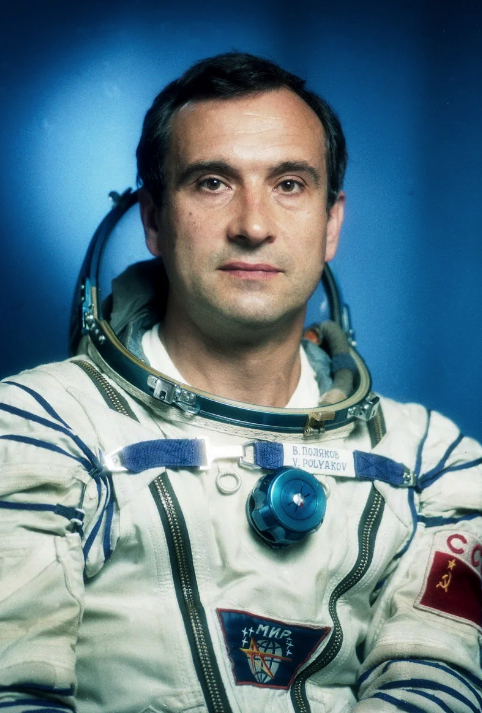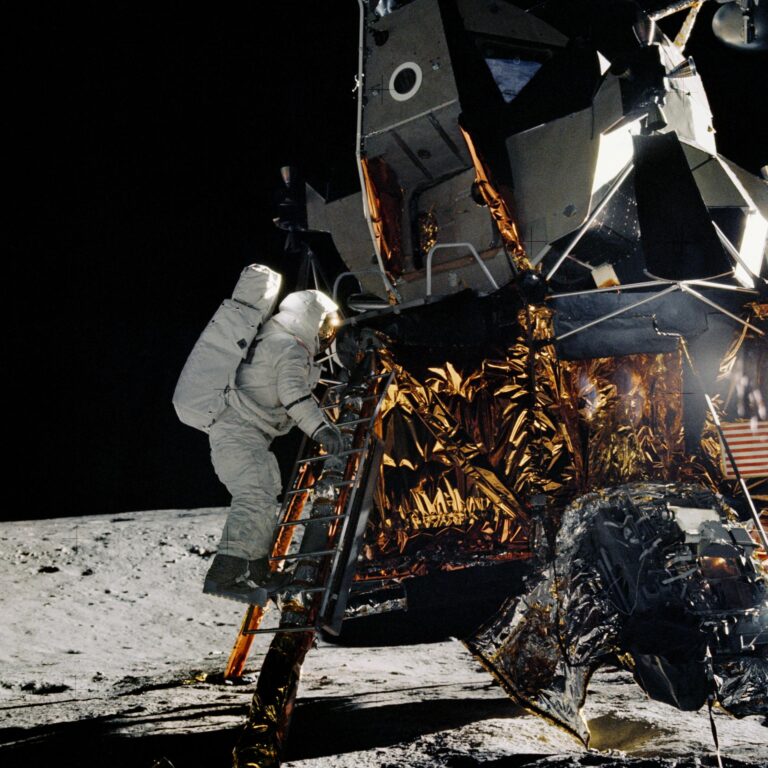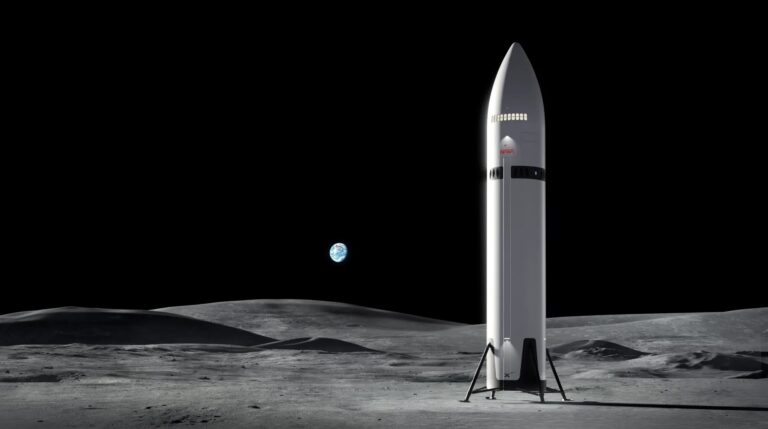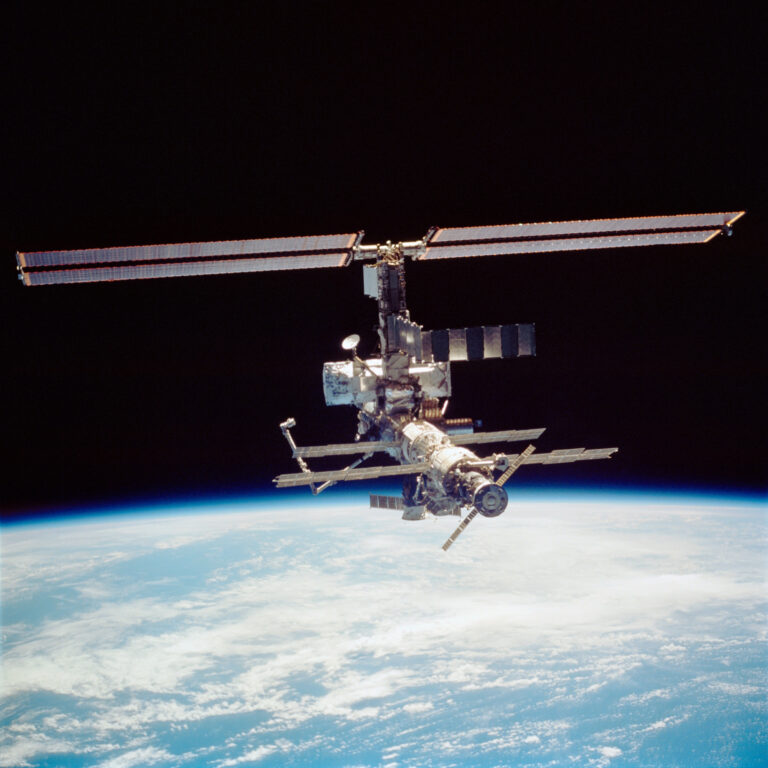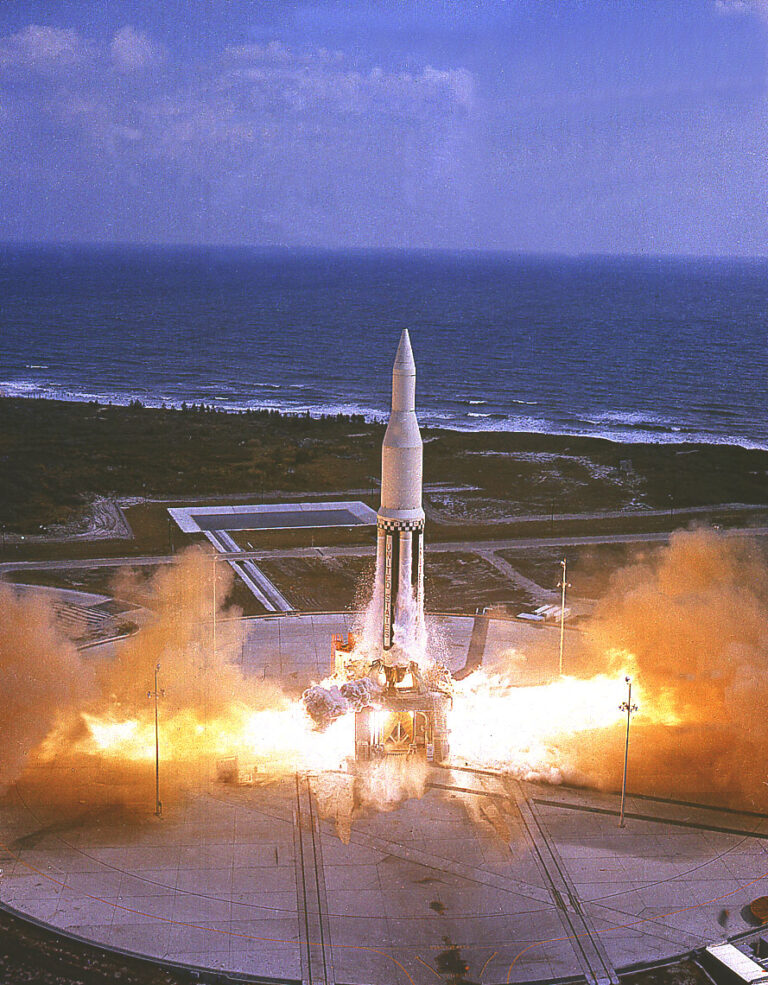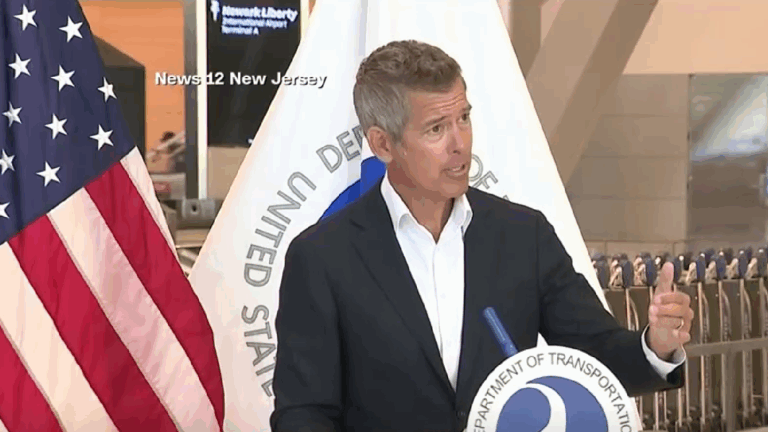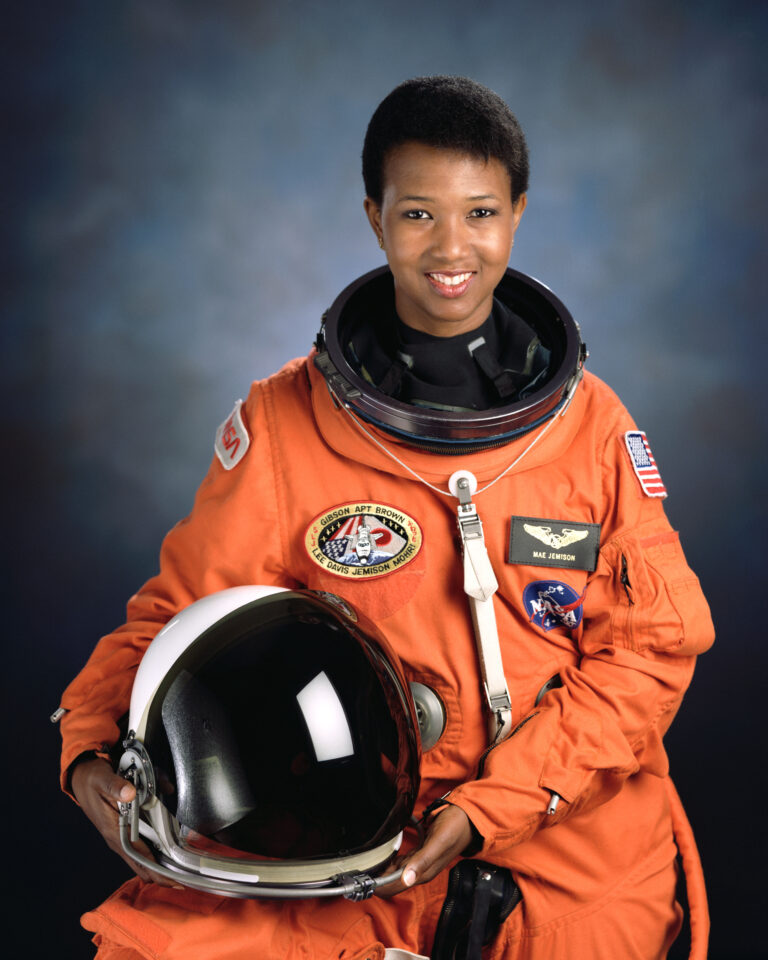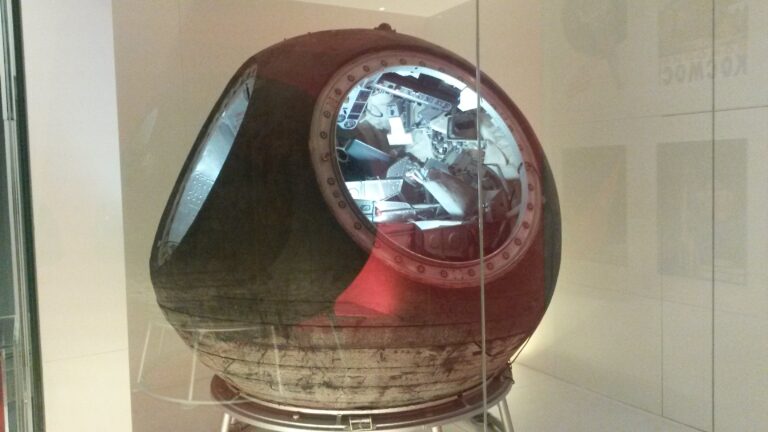Key Takeaways:
- Valeri Polyakov's 437-day stay aboard the Mir space station (1994-1995) constitutes the longest single spaceflight in history, providing invaluable data on the effects of prolonged space travel on the human body.
- Polyakov's mission involved participation in 25 life sciences investigations focusing on various physiological aspects, including diet, muscular system, immune system, and the effects of microgravity.
- Prior to his record-breaking flight, Polyakov completed a 241-day mission aboard Mir, ranking as the third-longest spaceflight at the time.
- Polyakov's experience contributes significantly to our understanding of human endurance in space, informing future long-duration space missions, such as potential voyages to Mars.
When humans finally tread the ochre-hued plains of Mars for the first time, one might glance up at the heavy, dust-laden skies and tender a wordless note of thanks to cosmonaut Valeri Polyakov, who helped pave the way. Polyakov died Monday, Sept. 19, 2022, at age 80.
Valeri Polyakov is known for carrying out the longest single spaceflight in history, spending 437 days straight on the Mir space station between 1994 and 1995. And over the course of his two-mission career, Polyakov logged nearly enough time off Earth’s surface to complete a theoretical round-trip to the Red Planet and back.
The valuable lessons we learned from Polyakov’s extended spaceflights have not only helped us protect the dozens of astronauts that have since orbited Earth. They also might set the stage for what someday could be humanity’s greatest achievement: venturing to a planet beyond our own.
A closer look at Valeri Polyakov
Valeri Polyakov’s name is now in the record books. But this extroverted, physically imposing bear of a man entered the world with a different name. Valeri Ivanovich Korshunov was born April 27, 1942, in the industrial city of Tula, located roughly 110 miles (180 km) south of Moscow. At age 15, however, he changed his middle patronymic and family name to Vladimirovich Polyakov in honor of his adoptive stepfather.
Polyakov initially studied medicine in Moscow, specializing in astronautical medicine at the capital’s Institute of Medical and Biological Problems. He went on to become a Soviet cosmonaut in 1972 — though his wait for an actual spaceflight proved long and arduous.
Finally, on August 29, 1988, Polyakov launched to the Mir space station aboard Soyuz TM-6, accompanied by fellow cosmonaut Vladimir Lyakhov and Afghanistan’s first spaceman, Abdul Ahad Momand. His crewmates returned to Earth’s surface a week later, but Polyakov remained on Mir to oversee the health of Vladimir Titov and Musa Manarov, two cosmonauts who were nearing the conclusion of the world’s first year-long spaceflight. Titov and Manarov returned to Earth in December 1988, but Polyakov remained aboard Mir to welcome two new crewmates.
Polyakov ultimately didn’t return to Earth until April 27, 1989. With a duration of 241 days, the cosmonaut’s first mission ranked as the third-longest spaceflight at the time. But Polyakov’s next mission would be longer still.
Medically minded cosmonaut
By the late 1980s, Russia had decisively pushed the envelope of long-term spaceflights. Yet the effects of microgravity upon the human body remained imperfectly understood. Cosmonaut Yuri Romanenko, who flew for 326 days in 1987, found himself working less, sleeping more, and exercising vigorously as his mission approached its end. Longer flights, mission planners realized, demanded close medical supervision of the crew. And better yet, they demanded a medical expert on the crew.
Polyakov was one such expert. In 1993, he volunteered to be stationed on Mir for 18 months. But his planned November launch aboard Soyuz TM-18 was delayed until January 8, 1994. And with plans for NASA’s space shuttle to visit Mir in mid-1995, Polyakov’s mission was further cut back, first to 16 months, then to 14 months.
Joining Polyakov on Mir for the first six months of his off-world marathon were Viktor Afanasyev and Yuri Usachev. Between July 1994 and March 1995, they were replaced by three rotating crews of cosmonauts and astronauts from Russia, Kazakhstan, Germany, and the United States.
While aboard Mir, Polyakov supported 25 life sciences investigations, which emphasized diet, the human muscular system, the lungs and immune system, the blood and central nervous system, and the balance-regulating role of the inner ear.
Early in 1995 — quietly and without fanfare — Polyakov’s mission surpassed Titov and Manarov’s record of a year in orbit. But by now, the end of Polyakov’s spaceflight glinted like a mirage on the horizon.
In February 1995, Space Shuttle Discovery drew to within 30 feet (9 meters) of Mir, photographing a beaming Polyakov at one of the station’s windows. A few weeks later, Norm Thagard joined Polyakov on Mir, becoming the first U.S. occupant of the Russian space station.
As Polyakov’s record-breaking spaceflight neared its conclusion, the good doctor’s excitement at the prospect of seeing his family again was readily apparent. “He’s a big guy, an extroverted guy, but can be sort of like a bull in a China shop,” remembered Thagard in a 1998 oral history of the space shuttle-Mir project. “He was apparently being real rambunctious, just listening to him on the radio as they were undocking and flying around before entering.” At one point, Viktorenko had to tell Polyakov to calm down.
Finally, on March 22, 1995, Polyakov boarded the Soyuz TM-20 spacecraft with Aleksandr Viktorenko and Yelena Kondakova, beginning his long-awaited trip back to Earth.
Touching down on terra firma after 437 days, 17 hours, and 58 minutes in space, having circled the globe 6,927 times, Polyakov’s flight still remains our most relevant case study on how our frail bodies might endure a voyage to Mars. Even after 63 weightless weeks, Polyakov seemed none the worse for wear, insisting on walking from the Soyuz capsule to a nearby chair under his own power. And his mental state, too, seemed good, despite anomalous dips in mood during the first and last months of his epic mission.
Polyakov’s legacy
Humanity’s endurance in space had advanced with impressive pace since Yuri Gagarin’s two-hour flight in April 1961. Within two decades, cosmonauts were routinely spending six months in orbit. And by the end of the 1980s, men survived off-planet for up to a full year. Yet only eight missions (including Polyakov’s) have spent longer than 300 days in space, an achievement that we’ll need to more than double if we are to ever explore Mars in person.
Our physical wellbeing is one long pole. When Scott Kelly returned to Earth in March 2016 after 340 days on the International Space Station (ISS), he found himself stumbling as his legs learned to walk again. “All of my joints and all of my muscles,” he wrote in his memoir, Endurance, “are protesting the crushing pressure of gravity.” More recently, in February 2020, Christina Koch completed 328 days in space, the longest single mission by a woman. And just last March, Mark Vande Hei and Pyotr Dubrov wrapped up an ISS stay that lasted just 10 days shy of a full year.
Right now, Mars is the only planet in our solar system entirely inhabited by robots. But when the first humans arrive, possibly within our lifetimes, we can hope that they will remember the accomplishments of intrepid explorers like Valeri Polyakov: a man who pushed boundaries to demonstrate that flesh and bones can survive the great unknown. For when the first human does stand triumphantly on Mars’ surface, he or she will stand on the shoulders of a true titan.

